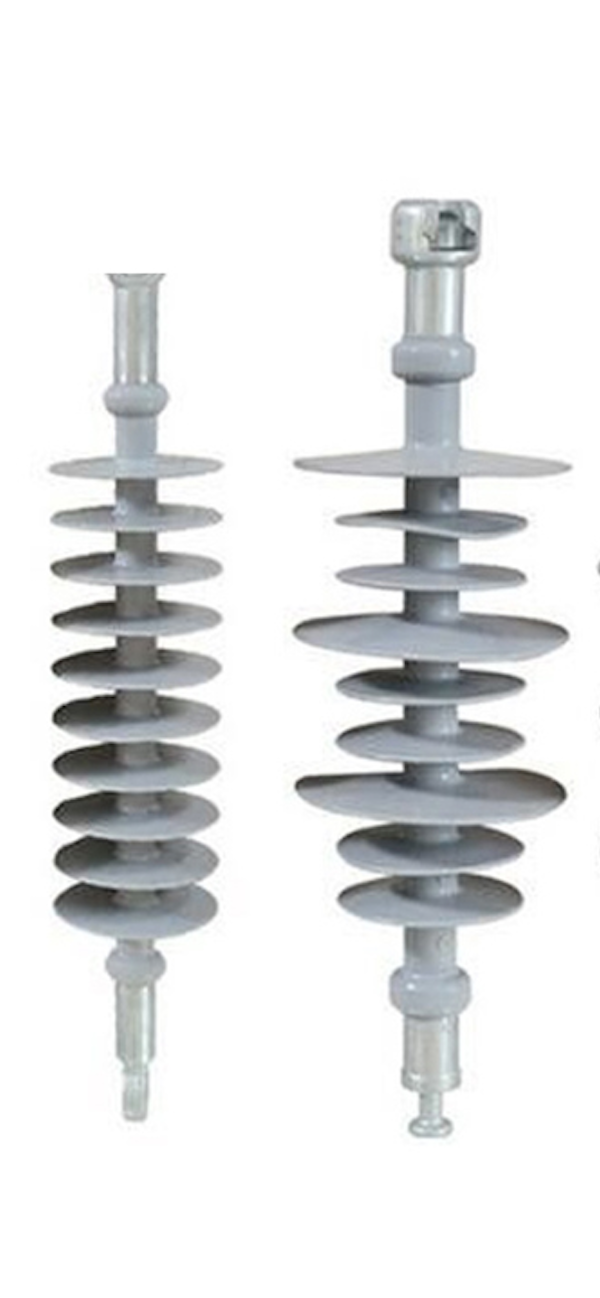High Voltage Insulator – Importance, Degradation and Maintenance
- leumasloyloy
- Jan 24, 2024
- 3 min read
Updated: Jul 19, 2024

Insulators posses major and critical role in the electrical system. Insulators impede the flow of current from the line to the tower and ultimately to the ground or another phase traveling in parallel. Thus, insulators not only prevent the line-to-line faults but also the electrocution of living organisms coming in contact with transmission towers. Insulators normally are made from glass, porcelain, plastic or ceramic. These materials are capable to handle medium to high voltage systems.

Aside from resisting current flow from one body to another, insulators also provide physical support to electrical conductors, preventing them from sagging, falling or damaging. These insulators prevent thermal stress on the system especially when carrying high current producing heat. Having stated some of the important factors of insulator in the electrical system, any signs of degradation and even damages may lead to major risk to the system. Signs of insulator degradation can be identified through visible marks like cracks, breaks, erosion, flaking and discoloration. Insulator damage will have effects on the capabilities of the insulator to effectively resist electrical system which may often cause flashovers.
How are flashovers form?
1. Natural contamination
First stage will be the natural contamination of the insulator. Contaminants deposit into the insulator due to turbulent airflow, gravity and Dielectrophoresis force in the high electric stress region.
2. Surface wetting
In a humid environment, insulators will become humid as well. Existing contamination will not be washed out on uncleaned areas during rain. Wetting on the insulator surface with contaminants will cause soluble contaminants to enter. The solution forms an electrolyte, a key factor in producing leakage current. Leakage current will likely to increase in a hydrophilic surface since it bears one of the main components which is water.
3. Arcing

When there is enough leakage current over the insulator, arcing begins to take place. Arcing always starts at the point where the leakage current leaves the metal hardware onto the surface of the insulator and then where it comes off. It will take place around the pin and then from the top to the surface. Joule heating or ohmic heating of the electrolyte in high current density regions will cause bands to develop. These are called dry bands. Then arcing will increase its intensity.
4. Flashover
Arcing expands well beyond the points where leakage current goes on to the insulator and comes off the insulator. This is where flashovers can occur. As per electrical utilities, when the leakage current is approximately 70 percent of the creepage distance, flashover will automatically take place.
Consequences of a flashover may extend to power outages which may lead to disruption to services and business, equipment damages and much of a concern is the safety implication which may cause serious injury or death to personnel working nearby.

To avoid flashover and its consequences, effective maintenance will address faulty insulators, system reliability will increase, outages will be minimized, human and equipment safety will be in place. Common maintenance will be visual inspection and regular cleaning. Through visual inspections, early signs of insulator degradation will be identified and resolved. Traditional way of insulator maintenance is through cleaning. Cleaning is very efficient especially in removing contaminants. However, it is a short-term mitigation only considering the likelihood of having contaminants in an insulator. Regular cleaning is possible but will incur a higher maintenance cost. Another effective way to maintain, restore and resolve signs of insulator degradation is through silicone coating. Recently, the use of Room Temperature Vulcanization (RTV) silicone high voltage insulator coating on the surface of a ceramic insulator has become widespread for reducing the probability of pollution-related flashover of contaminated insulators compared with other methods due to its good dielectric properties, flexibility over a wide range of temperatures, adhesion characteristics. Midsun Group Inc., based in USA, specializes in providing a range of RTV silicone coatings in highly contaminated areas through its Midsun High Voltage Insulator RTV Coating or MIDSUN HVIC.

Effective mitigating methods for faulty insulators are very important in ensuring reliability on the electrical system. By understanding the importance of high voltage insulators, early signs of degradation and damages will already be addressed and the consequences will somehow be avoided.



Comments